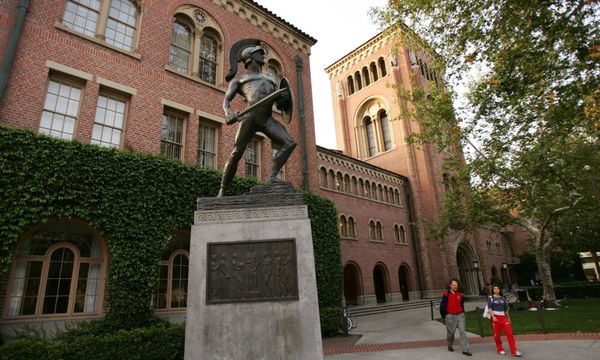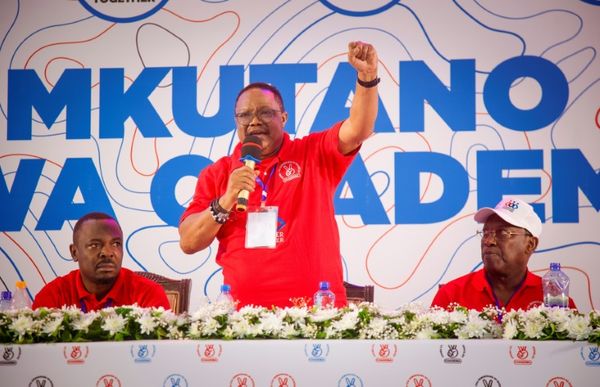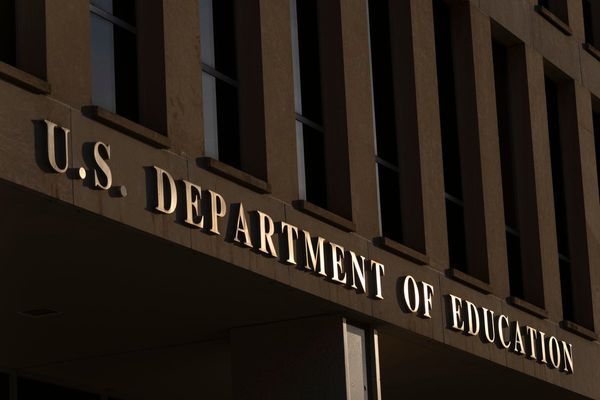
While images of a burning Cobargo were projected into loungerooms around the world, footage that became synonymous with the tragedy of the Black Summer bushfires, the town itself was plunged into darkness.
The lights went out, there was no water, and sewerage backed up in people's gardens in the days and weeks after the New Year's Eve fire burnt through poles and wires connecting the village to electricity from Cooma.
Cobargo resident, Zena Armstrong, said the village also lost telecommunications, which meant no one really knew what was happening outside the town.
"We lost the capacity to pump diesel and petrol, so there was nothing at the petrol stations," she said.
"And in the village, all of the sewerage is pumped out from everybody's home by an electric pump, so we lost capacity to pump sewage.
"I think that was one of the things that struck people quite significantly."
Doctors and vets worked by torchlight and businesses were forced to throw out rotting food from their freezers.
"Everybody gravitated to the showground," Ms Armstrong said. "Which is where the relief effort was started."
Cobargo needed to improve its energy security.
That was one of the key takeaways from a residents' meeting in the months after the Badja Forest Road fire ripped through town, taking several lives, parts of the main street and hundreds of houses with it.

The Cobargo Community Bushfire Recovery Fund was established, which came to incorporate four local organisations, with Ms Armstrong at the helm.
A former senior executive in the Department of Foreign Affairs and Trade, whose work included disaster recovery in conflict zones, Ms Armstrong and fellow volunteers rallied around 200 residents to the RSL in 2020 to plot their recovery.
More than $760,000 in donations came in from groups around Australia in those initial months, including from the John Butler Trio and Sex Workers of Melbourne, which was used as seed funding to get the projects off the ground.
"It was quite astonishing to me, actually, to see how generous people are. And then all the messages that came with donations, it was really so moving for all of us," Ms Armstrong said.
"One of the things that came out of those consultations, was that despite this being a terrible tragedy, it's also an opportunity.
"And we saw the potential to rebuild our village, restore hope and morale to the community, and prepare us for the future."
The RSL hall was among four buildings identified as suitable for the installation of rooftop solar panels and big batteries to create standalone power systems. The buildings will provide refuge for residents to congregate in future extreme weather events.
In addition to energy upgrades to the community buildings, the volunteers are in the process of establishing a microgrid for Cobargo which they hope will be big enough to provide basic power to the village in the event of another disaster.
The microgrid will require the construction of a five megawatt solar farm somewhere on the outskirts of town with a big community battery for storage.
Ms Armstrong said the town still has its climate sceptics and there's no doubt a community microgrid would, in other circumstances, face resistance.
"It's very clear to everybody who lived through those fires that energy resilience is really going to be an important part of adaptation, whether or not they want to call it adaptation," she said.
Through many hours of work, the Cobargo volunteers have leveraged more than $23 million in funding using the initial donations.
More than a million dollars was raised for the Cobargo microgrid feasibility study and the project is now progressing from there.
While there have been reasons to celebrate, Ms Armstrong said people in Cobargo were getting tired.
Trying to maintain momentum through grant and development applications, with COVID preventing groups getting together to grieve and recover, was exhausting, she said.
"I find myself getting a little bit more snappy, irritable at times," she said.
"The ease that we had before the fires, that feeling of confidence in the environment has been shaken a lot by this.
"So yeah, I think we're all struggling."

After the Black Summer bushfires, residents of Cobargo identified there weren't enough public buildings for the community to congregate.
RSL president Glen Morrison has been working with a pro bono architect from the Architects Institute of Australia to change that, with plans submitted for the RSL's first major refurbishment in decades.
Mr Morrison put his hand up to be president in the aftermath of the fires when it had been suggested the veterans group sell the community built hall.
"For the last 15 years prior to the fire, the place had been used by someone for storage, and that's all, and it wasn't built for that. It was built to use the hall," he said.
"I said to my wife, 'I gotta do something about this'."
In addition to its energy upgrade, the RSL will get a new kitchen, new bathroom and new deck to become a place Cobargo residents can plot the village's future comfortably.
Mr Morrison has worked to progress the plans while waiting on the rebuild of his own home, which was lost while he was out protecting his nephew's house on December 31, 2019.
The 76 year old and his wife live in the workshop on their property while the pensioners wait for the NSW government to build them a home.
The building which was once their shed and sewing room survived the blaze that took their house.
"I think there's others a lot more in need than we are because you know that sewing room has now become our bedroom and living area," he said.
Mr Morrison helped save his nephew's house, while the next door neighbours lost theirs.
Patrick Salway, 29 and his father Robert, 63, were killed trying to defend their property at Wandella, about 10 kilometres north-west of Cobargo.
Robert was Mr Morrison's mate.
He said he's found himself getting a bit muddled in his thinking since the Black Summer fires.
"I think most people have been affected by the fires and it manifests in different ways," Mr Morrison said.
"I stutter a bit ... looking for words and that sort of thing.
"People are sort of ... rolling along with it."
We've made it a whole lot easier for you to have your say. Our new comment platform requires only one log-in to access articles and to join the discussion on The Canberra Times website. Find out how to register so you can enjoy civil, friendly and engaging discussions. See our moderation policy here.







